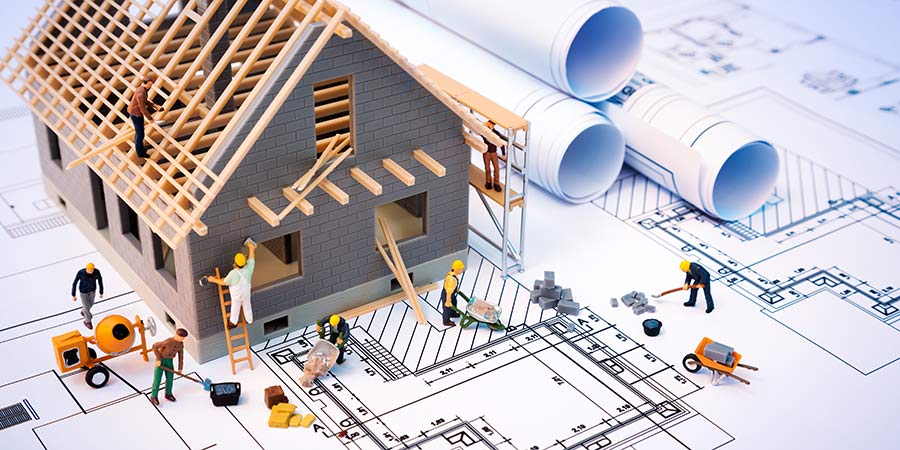The Hidden Disadvantages of Concrete: Why It's Not Always the Best Choice
2 min read
Concrete is a widely used construction material due to its durability, strength, and versatility. However, despite its many advantages, there are several disadvantages that are often overlooked. In this article, we will explore the hidden disadvantages of concrete and why it may not always be the best choice.
- Environmental Impact
Concrete production is a major contributor to greenhouse gas emissions, with cement production alone accounting for 5% of global CO2 emissions. The production process also requires large amounts of water, which can lead to water scarcity in some regions. Additionally, the mining of raw materials for concrete production can cause habitat destruction and soil erosion.
- Maintenance Costs
While concrete is known for its durability, it still requires regular maintenance to prevent cracks and other damage. This can be costly, especially for large structures such as bridges and dams. In addition, repairs can be disruptive to traffic and other activities.
- Limited Design Options
Concrete is a rigid material that is difficult to shape and mold. This limits the design options for architects and builders, making it less suitable for complex or intricate structures. Additionally, the gray color of concrete can be unappealing, and attempts to add color or texture can be expensive.
- Health Risks
Concrete dust can be harmful to human health, especially when inhaled over long periods of time. This can lead to respiratory problems such as asthma and bronchitis. Workers involved in concrete production and construction are particularly at risk.
- Thermal Conductivity
Concrete has a high thermal conductivity, meaning it can transfer heat quickly. This can lead to energy loss and higher heating and cooling costs for buildings made of concrete. Additionally, in hot climates, concrete can absorb and radiate heat, making it uncomfortable for occupants.
In conclusion, while concrete is a popular construction material, it is important to consider its hidden disadvantages. From environmental impact to health risks and limited design options, there are several reasons why it may not always be the best choice. As architects and builders, it is our responsibility to consider alternative materials and methods that are more sustainable, cost-effective, and safe.
